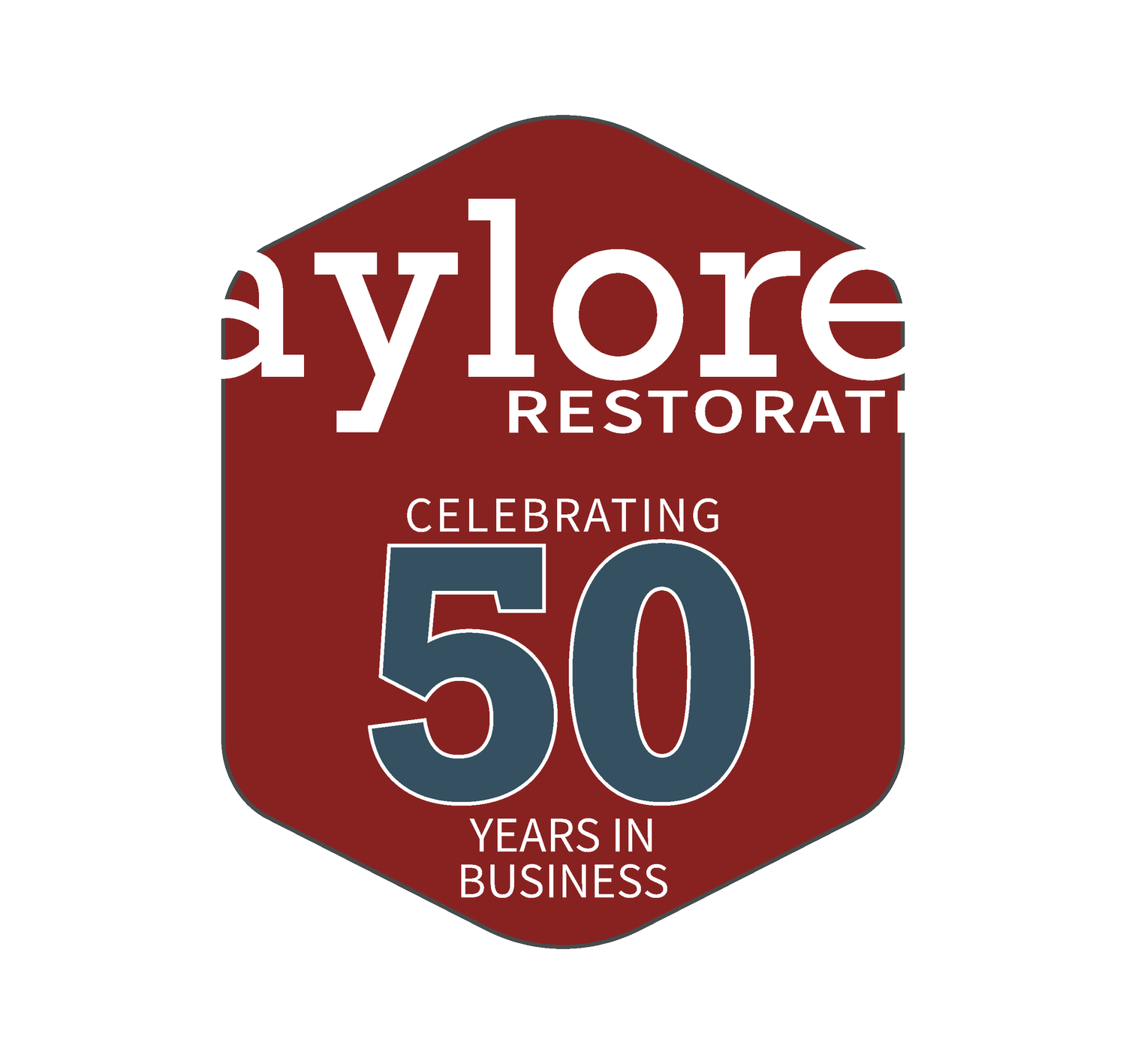Dealing with Water Damage: Immediate Steps for Effective Restoration
Water damage is a homeowner's nightmare, capable of causing extensive and costly destruction. Whether from a burst pipe, a leaking roof, or a flood, immediate action is crucial to mitigate the damage and prevent long-term problems like mold growth. In this article, we'll outline essential steps homeowners should take when faced with water damage. Drawing from our experience as a trusted home restoration company in Anchorage, Alaska, Taylored Restoration provides practical, actionable advice to guide you through effective water damage restoration.
1. Ensure Safety First
Before addressing the water damage, prioritize safety:
Turn Off Power: If safe, turn the electricity and gas supply off to the affected area to prevent electrical hazards.
Wear Protective Gear: Use waterproof boots and gloves to protect yourself from potential contaminants in the water.
Watch for Structural Damage: Assess the structural integrity of your home and avoid entering if there's a risk of collapse.
2. Stop the Water Source
Identify and stop the source of water intrusion:
Shut Off Water Supply: If the water damage is due to a plumbing issue, turn off the main water supply.
Tarp Roof Leaks: Cover roof leaks with tarps or buckets to prevent further water entry.
3. Document the Damage
Document the extent of the damage for insurance purposes:
Take Photos and Videos: Use your smartphone to capture clear images and videos of the affected areas.
4. Remove Water
Begin water extraction promptly:
Use Pumps and Vacuums: Use pumps, wet/dry vacuums, or even towels and buckets to remove standing water.
Open Drains: If safe, open basement drains to allow water to flow out.
5. Dry the Area
Thorough drying is crucial to prevent mold growth:
Ventilation: Use fans and open windows to increase air circulation.
Dehumidifiers: Employ dehumidifiers to reduce moisture levels in the air.
Remove Wet Materials: Remove and discard saturated materials like carpets, insulation, and drywall.
6. Disinfect and Prevent Mold
Prevent mold growth by disinfecting affected areas:
Use a Disinfectant: Clean surfaces with a mold-inhibiting disinfectant.
Inspect for Mold: Monitor mold growth, especially in hidden or less accessible areas.
7. Contact Your Insurance Company
Notify your insurance company of the damage:
File a Claim: Initiate the claims process promptly and provide the documentation and evidence you've collected.
8. Seek Professional Help
In many cases, professional assistance is essential:
Contact a Restoration Company: Experienced professionals like Taylored Restoration have the expertise and equipment to effectively handle extensive water damage restoration.
Plumbing and Roof Repairs: Engage plumbers or roofers to repair the source of water intrusion.
9. Consider Future Prevention
To avoid future water damage:
Regular Maintenance: Schedule routine inspections and maintenance for your plumbing and roof.
Proper Insulation: Ensure your home is well-insulated and adequately ventilated.
10. Stay Informed
Stay informed about potential flooding risks and emergency resources:
Community Alerts: Sign up for local emergency alerts and notifications.
Emergency Kit: Prepare an emergency kit with essentials in case of future water-related emergencies.
Dealing with water damage can be overwhelming, but taking immediate, systematic steps can significantly minimize the impact. When in doubt or dealing with extensive damage, don't hesitate to seek professional assistance. Taylored Restoration is here to provide the expertise and support you need to restore your home to its former state. Remember, swift action is critical to successful water damage restoration.

